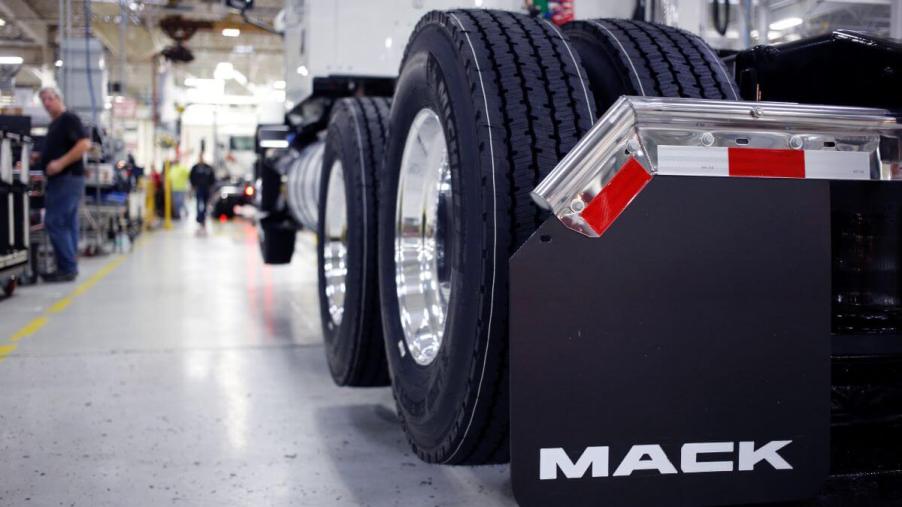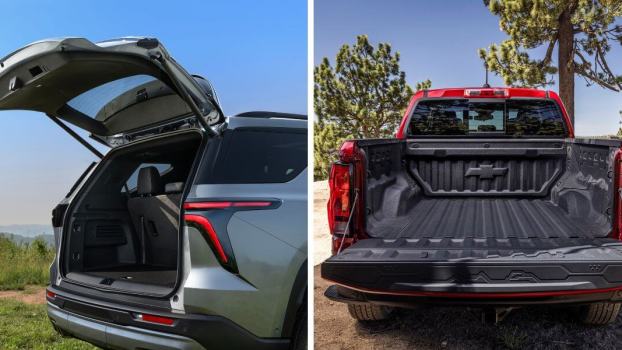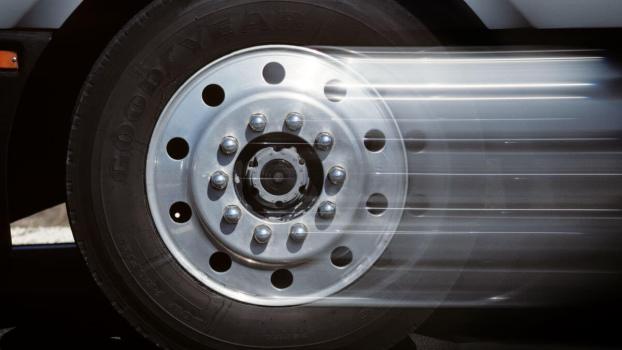
What Exactly Is the Point of Mud Flaps?
Anyone who’s ever driven a big rig – or driven behind a big rig – knows about mud flaps. The deflection panels behind a vehicle’s back wheels are a ubiquitous accessory sight on American highways. So, just what are mud flaps, and what are they meant to do?
What are mud flaps, and what do they do?
According to Deezee, on the most basic level, mud flaps are simply pieces of protective material attached to the undercarriage of a vehicle, usually behind the back wheels. Commonly associated with trucks and work vehicles, these accessories are becoming increasingly common on cars, too. In both cases, as Badger Truck points out, mud flaps do a vital job: deflecting road debris, dirt, and gravel away from a vehicle’s parts and paintwork.
Pros and cons of mud flap use
As with every vehicle option, mud flaps come with benefits and drawbacks. In the “pro” column, they are a simple, reliable option for protecting the paintwork and undercarriage of a vehicle. Any driver expecting to cover rough terrain or put a bunch of miles on a car should take steps to protect the finish and underside.
On the “con” side, mud flaps aren’t exactly precision instruments. Imperfect installation or plain bad luck can kick dirt and muck the wrong way, marring paintwork with dings, dents, and scratches. In addition to hurting the truck’s aesthetics, that kind of damage increases the risk of rust and corrosion. In traffic, they also have a bad habit of flinging deflected debris into other drivers’ vehicles. Finally, the problem with deflecting mud from the car to the flaps is that eventually, the driver has to clean the flaps, which is the opposite of fun.
How are mud flaps different from splash guards?
Many people use the terms “mud flaps” and “splash guards” interchangeably, and frankly, they’re not wrong. The distinction between the two is vague at best. At the same time, knowing how manufacturers use each term can help drivers find the best deals and get the product most suited to their needs.
As RealTruck notes, mud flaps are usually rigid, made of resin or hard plastic, and positioned directly to the vehicle’s rear. Splash guards are more flexible and generally made of rubberized fabric. While many drivers prefer the more subtle aesthetics of mud flaps, the larger and more visible splash guards often do a better job of bouncing muck and road debris away from the vehicle. Truckers and off-road drivers, in particular, tend to benefit from full splash guards rather than the smaller, less obtrusive mud flaps.





